Elevating healthful, productive beef cattle requires offering them with a balanced, nutrient-rich weight discount plan that meets their particular dietary wants.
The turning into feed not solely helps optimum development and weight buy nevertheless in addition to contributes to the general well-being and top of the range of the cattle.
On this weblog submit information, we’ll uncover the quite a few elements to think about when selecting the best meals for beef cattle and focus on most probably basically essentially the most acceptable choices.
Understanding Cattle Weight-reduction plan
Earlier than delving into the specifics of cattle feed, it’s essential to know the basics of cattle vitamin. Cattle are ruminant animals, which suggests they’ve a singular digestive system that enables them to interrupt down and extract dietary nutritional vitamins from plant-based supplies, together with grasses, hay, and grains.
Cattle have 4 distinct compartments of their stomachs, and the rumen is crucial and most necessary one. The rumen is dwelling to billions of microorganisms that assist all through the digestion course of, breaking down superior carbohydrates, proteins, and fiber.
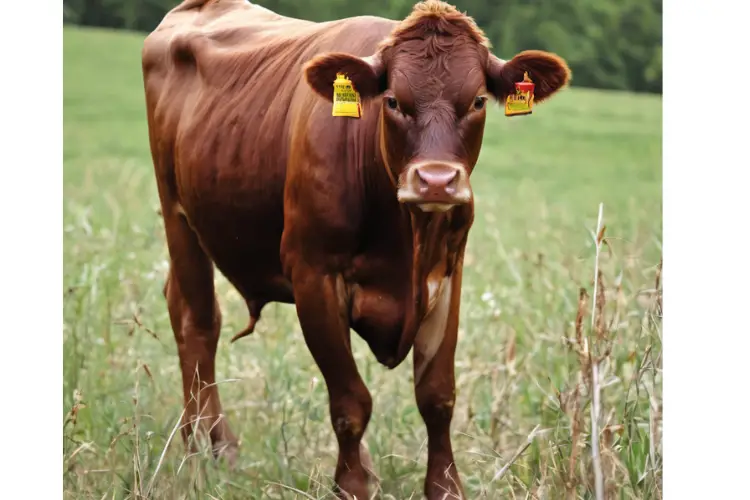
The first dietary necessities for beef cattle embody:
- Vitality: Cattle require vitality for upkeep, development, and manufacturing. Sources of vitality embody carbohydrates, fat, and proteins.
- Protein: Protein is critical for muscle development, tissue restore, and the manufacturing of enzymes and hormones. Cattle should purchase protein from each plant and animal sources.
- Fiber: Ruminants depend upon fiber for correct rumen perform and digestion. Fiber sources embody forages, comparable to hay and pasture grass.
- Minerals and Dietary dietary nutritional vitamins: Cattle require a balanced consumption of macro and micro minerals, together with fat-soluble and water-soluble dietary dietary nutritional vitamins for fairly just a few bodily capabilities.
- Water: Entry to scrub, present water is essential for cattle to keep up up proper hydration and assist their entire successfully being.
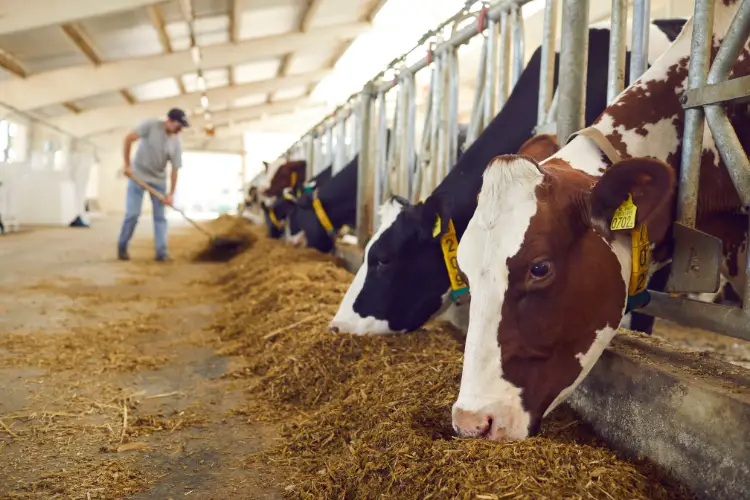
Elements to Consider When Choosing Cattle Feed
When selecting the only feed for beef cattle, various elements ought to be considered:
- Life Stage: The dietary necessities of cattle differ relying on their life stage, comparable to calves, rising heifers, bulls, or lactating cows. Every stage has particular vitality, protein, and mineral necessities.
- Manufacturing Targets: The feed ought to be tailor-made to satisfy the specified manufacturing targets, whether or not or not or not it’s for breeding, rising, ending, or sustaining the herd.
- Availability and Price: The supply and value of various feed sources in your area play a severe place in figuring out most probably basically essentially the most economical and clever choices.
- Environmental Circumstances: Elements like native local weather, temperature, and humidity can affect the cattle’s dietary wants and the feed’s top of the range.
- Feed High quality: The standard of the feed, together with its nutrient composition, digestibility, and potential presence of contaminants or toxins, is essential for guaranteeing optimum cattle successfully being and effectivity.
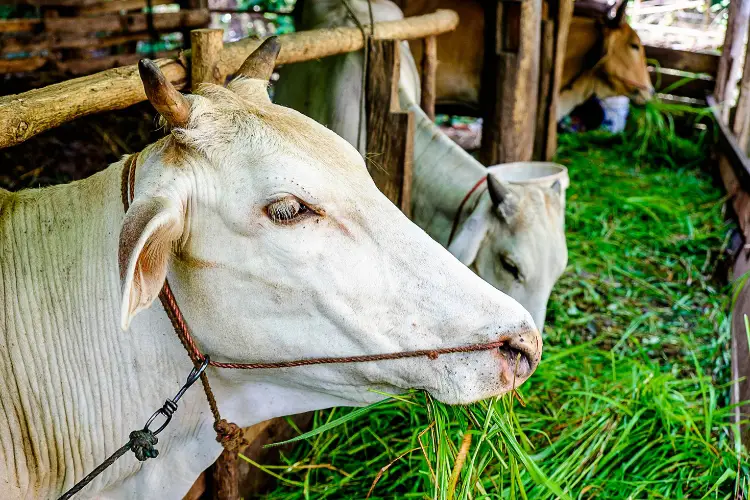
Widespread Cattle Feed Sources
Forages
Forages are the first present of fiber and vitality for beef cattle. They’re normally categorised into two primary programs:
- Pasture and Rangeland: Present, inexperienced forages obtained from grazing on pastures or rangelands. These present high-quality dietary nutritional vitamins and are sometimes most probably basically essentially the most economical choice when obtainable.
- Harvested Forages: These embody hay (comparable to alfalfa, timothy, or grass hay), silage (fermented forages like corn silage or haylage), and crop residues (like corn stover or wheat straw).
Concentrates
Concentrates are feed sources which is probably excessive in vitality and protein nonetheless low in fiber. They’re sometimes used to counterpoint forage-based diets and meet the extra dietary necessities of beef cattle. Widespread focus sources embody:
- Cereal Grains: Corn, barley, oats, and wheat are excellent sources of vitality and supply quite a few ranges of protein.
- Oilseed Meals: Soybean meal, cottonseed meal, and canola meal are excessive in protein and are sometimes used as protein dietary dietary dietary supplements.
- By-product Feeds: These embody distillers’ grains, brewers’ grains, and corn gluten feed, which could be by-products of assorted industries and might present helpful dietary nutritional vitamins.
- Fat and Oils: Sources like tallow, vegetable oils, and animal fat is probably added to extend the vitality density of the burden loss plan.
- Mineral and Vitamin Dietary dietary dietary supplements: Premixed mineral and vitamin dietary dietary dietary supplements are essential for guaranteeing a balanced nutrient consumption, considerably when forages alone can not meet all the necessities.
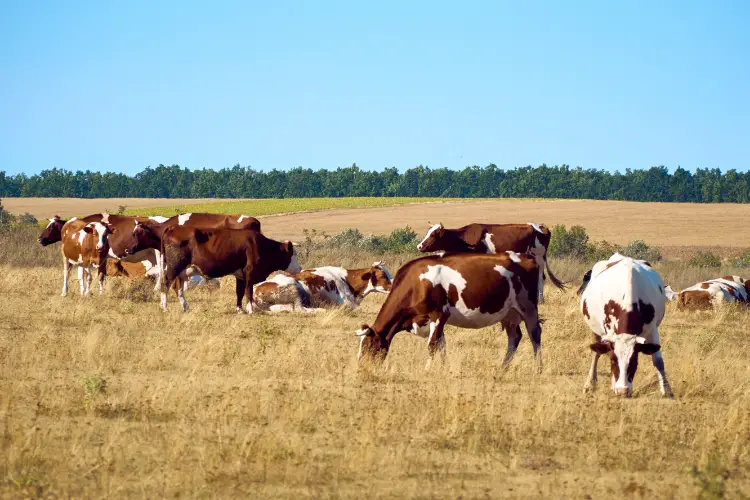
Feeding Methods for Beef Cattle
The feeding technique for beef cattle typically entails a mixture of forages and concentrates, with the proportions quite a few relying on the manufacturing stage and targets. Listed below are some frequent feeding methods:
Forage-based Diets
For beef cattle all through the rising, breeding, or upkeep ranges, a forage-based weight discount plan is often useful. This weight discount plan consists primarily of pasture, hay, and silage, with restricted supplementation of concentrates. The ratio of forage to pay attention can differ, nonetheless forages ought to make up nearly the whole weight discount plan.
Backgrounding and Stocker Packages
In backgrounding and stocker packages, cattle are fed a high-forage weight discount plan to understand inexpensive development charges before transferring into the ending half. This technique permits for ambiance nice use of forages and is probably cost-effective.
Ending Diets
Within the midst of the ending half, when cattle are ready for slaughter, the burden loss plan sometimes shifts to a better proportion of concentrates to advertise fast weight buy and ambiance nice feed conversion. Widespread ending diets embody a mixture of grains (comparable to corn or barley), protein sources (like distillers’ grains or soybean meal), and a small quantity of forage for fiber.
Prohibit-feeding
In some circumstances, significantly when feed sources are scarce or dear, cattle could also be limit-fed. This technique entails offering a managed quantity of a terribly concentrated weight discount plan, guaranteeing that the cattle’s dietary necessities are met whereas minimizing feed waste and prices.
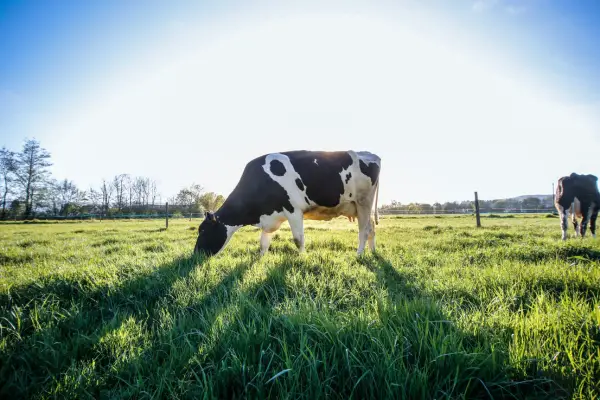
Greatest Practices for Feeding Beef Cattle
To confirm optimum cattle successfully being, effectivity, and effectivity, it’s essential to regulate to those largest practices when feeding beef cattle:
- Present a balanced ration: Make sure that the burden loss plan meets the precise dietary necessities for the cattle’s life stage and manufacturing targets, together with vitality, protein, fiber, minerals, and dietary dietary nutritional vitamins.
- Gradual dietary modifications: When transitioning to a mannequin new feed present or ration, introduce the modifications step-by-step to permit the rumen microbes to adapt and stop digestive disturbances.
- Clear and updated water: Entry to scrub, present water is essential for cattle successfully being and ought to be on the market always.
- Feed top of the range administration: Normally monitor the same old of feed sources, together with nutrient content material materials supplies, moisture ranges, and the presence of mildew, mycotoxins, or completely totally different contaminants.
- Proper storage and dealing with: Retailer feed in a dry, clear atmosphere to forestall spoilage and contamination, and address it rigorously to reduce waste and defend top of the range.
- Search the advice of with a nutritionist: Work with a licensed nutritionist or livestock specialist to develop a tailor-made feeding program that meets the precise wants of your cattle herd and manufacturing targets.
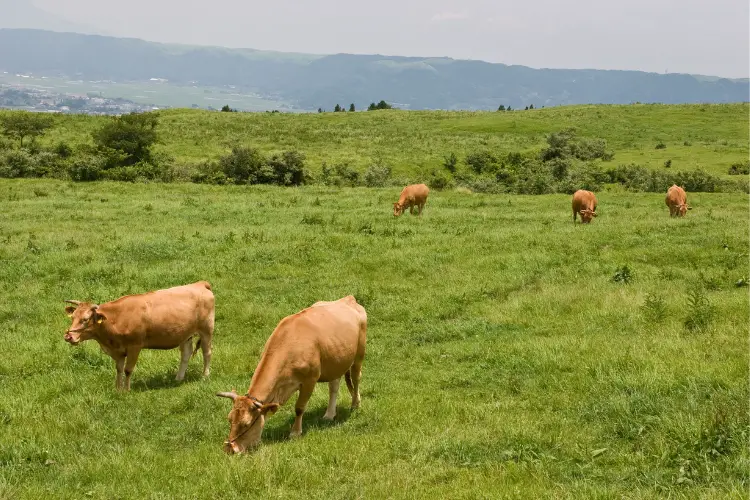
Evaluating Widespread Cattle Feed Alternatives
That will support you make an informed choice, correct proper right here’s a desk evaluating some frequent cattle feed choices primarily based on their nutrient composition and suitability for quite a few manufacturing ranges:
| Feed Present | Crude Protein (%) | Full Digestible Dietary nutritional vitamins (TDN) (%) | Relevant for |
|---|---|---|---|
| Alfalfa Hay | 15-22% | 55-65% | Rising, breeding, lactating cattle |
| Grass Hay | 6-12% | 50-58% | Mature cattle, upkeep diets |
| Corn Silage | 7-9% | 65-75% | Rising, ending cattle |
| Corn Grain | 8-10% | 85-90% | Ending cattle, excessive vitality wants |
| Soybean Meal | 44-49% | 80-84% | Protein complement for all ranges |
| Distillers’ Grains | 25-30% | 80-90% | Protein and vitality present for ending cattle |
| Cottonseed Meal | 41-45% | 70-75% | Protein complement for all ranges |
It’s essential to notice that the nutrient composition of feed sources can differ relying on elements comparable to rising circumstances, processing strategies, and storage circumstances. Subsequently, it’s useful to have your particular feed sources analyzed for correct nutrient values and search the advice of with a livestock nutritionist to formulate most probably basically essentially the most acceptable ration to your cattle.
Conclusion
Choosing the right meals to feed beef cattle is a crucial choice that may considerably affect their successfully being, development, and entire productiveness. By understanding the ideas of cattle vitamin, contemplating elements comparable to life stage, manufacturing targets, and feed availability, and implementing largest practices for feeding, you presumably would possibly make sure that your cattle pay money for a balanced and nutrient-rich weight discount plan.
Whereas there isn’t a such factor as a such issue as a one-size-fits-all reply, a mixture of high-quality forages and strategic use of concentrates is often the most effective methodology. Forage-based diets are glorious for rising, breeding, and upkeep ranges, whereas ending diets could incorporate a better proportion of concentrates to advertise fast weight buy.
Take into account, the required issue to worthwhile cattle feeding lies in offering a balanced ration tailor-made to your cattle’s particular wants, monitoring feed top of the range, and making gradual dietary modifications when important. By working intently with a livestock nutritionist and staying educated relating to the most recent analysis and largest practices, you presumably can optimize your cattle’s effectivity and entire profitability.
Investing in high-quality feed sources and implementing proper feeding methods not solely advantages the cattle nevertheless in addition to contributes to the long-term sustainability of your operation. Healthful, well-nourished cattle are further productive, have better reproductive effectivity, and are quite a bit a lot much less susceptible to diseases, in the long term predominant to raised financial returns.
Because of the demand for high-quality beef continues to develop, prioritizing cattle vitamin and feeding practices turns into much more necessary. By embracing a holistic methodology to cattle feeding and staying dedicated to offering the perfect weight discount plan to your herd, you presumably can place your self as a accountable and worthwhile cattle producer all through the ever-evolving livestock commerce.

